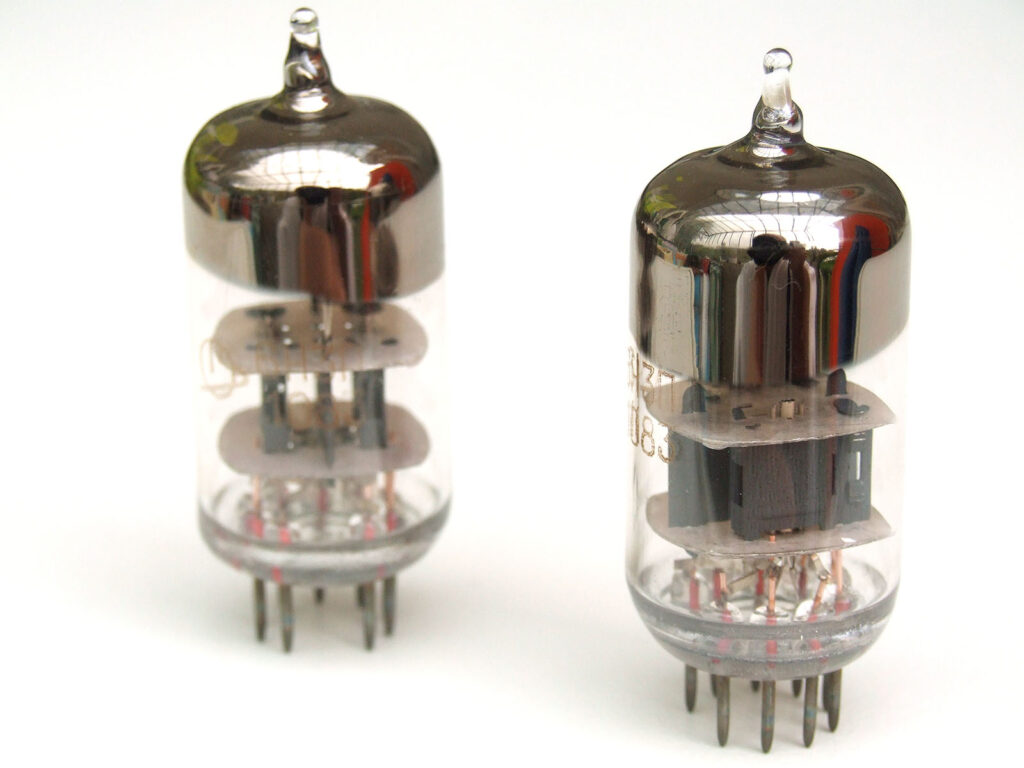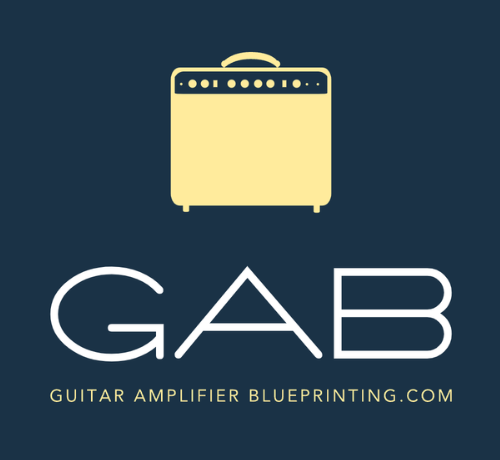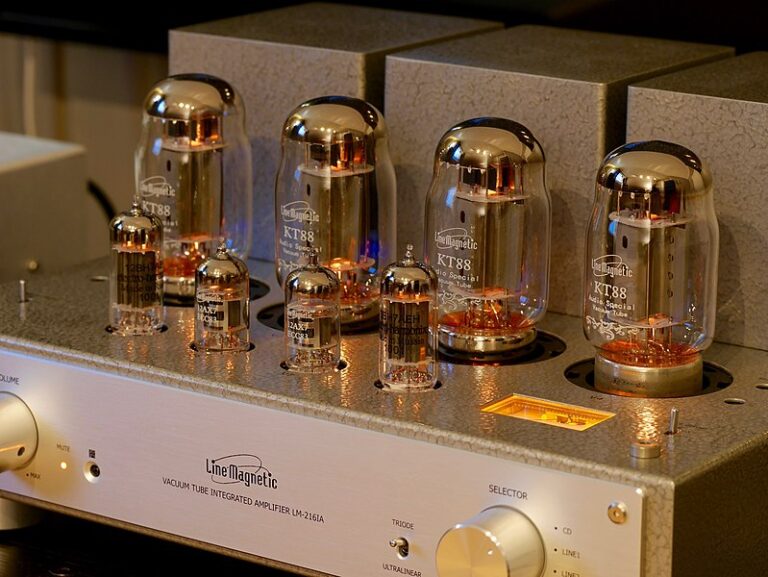Biasing current production tubes
In the past output tubes and preamp tubes were much more consistent than they are today. One could use the older method to bias output tubes with the scope/crossover method which had one adjust bias until the crossover notch distortion seen on the scope was nearly absent from the waveform. This was a good method that worked fairly well as long as the tubes were somewhat close to design specs. Today this is typically not the case. Tubes with low emissions, weak tubes will require the bias to be adjusted to the point where the plates will glow orange or red and you may still not reduce the crossover notch to the desired target. The tubes are just too weak and cannot come close to putting out their design wattage.

Another fault of the scope/crossover method is that it is not repeatable. It is the tech’s view or opinion on how they perceive the waveform. Today, every major amplifier manufacturer uses the plate current method of adjustment using one of the many fine tools available on the market today. Some of these are the Weber Bias Rite, GT bias probe, and there are others as well.
Most grid biased class A/B amps are happy running between 50% and 70% of what is called maximum plate dissipation. Cathode biased amps (most EL84 amps but NOT a Fender Blues Jr as something of a departure) are self-biasing. But, these amps were designed to run at around 100% dissipation and were designed around a mid-range/design spec tube. A weak tube will not operate properly and a tube that is too strong will run hot, sound harsh, and have a short life.
Back to conventional grid biased class A/B amplifiers. Bias depending on plate voltage at 50%-70% of plate dissipation as a starting point. You can find the maximum design plate specs for tubes in their respective datasheets. As a very general guideline, an EL84 is a 12-watt tube, a 6V6 is a 14-watt tube, an EL34 is a 25-watt tube (except the GT E34LS is a 30 watter and not to be confused with the JJ E34L which is a 25 watter), a 6L6 of modern design is a 30 watter (they ranged from 19-30 watts if NOS types), a 6550 is about 42 watts and a KT88S or SV is a 50 watter. Some KT66s like to be treated as 25 watters and some 30 watters so here use your ears and inspect the tube for red plating.







